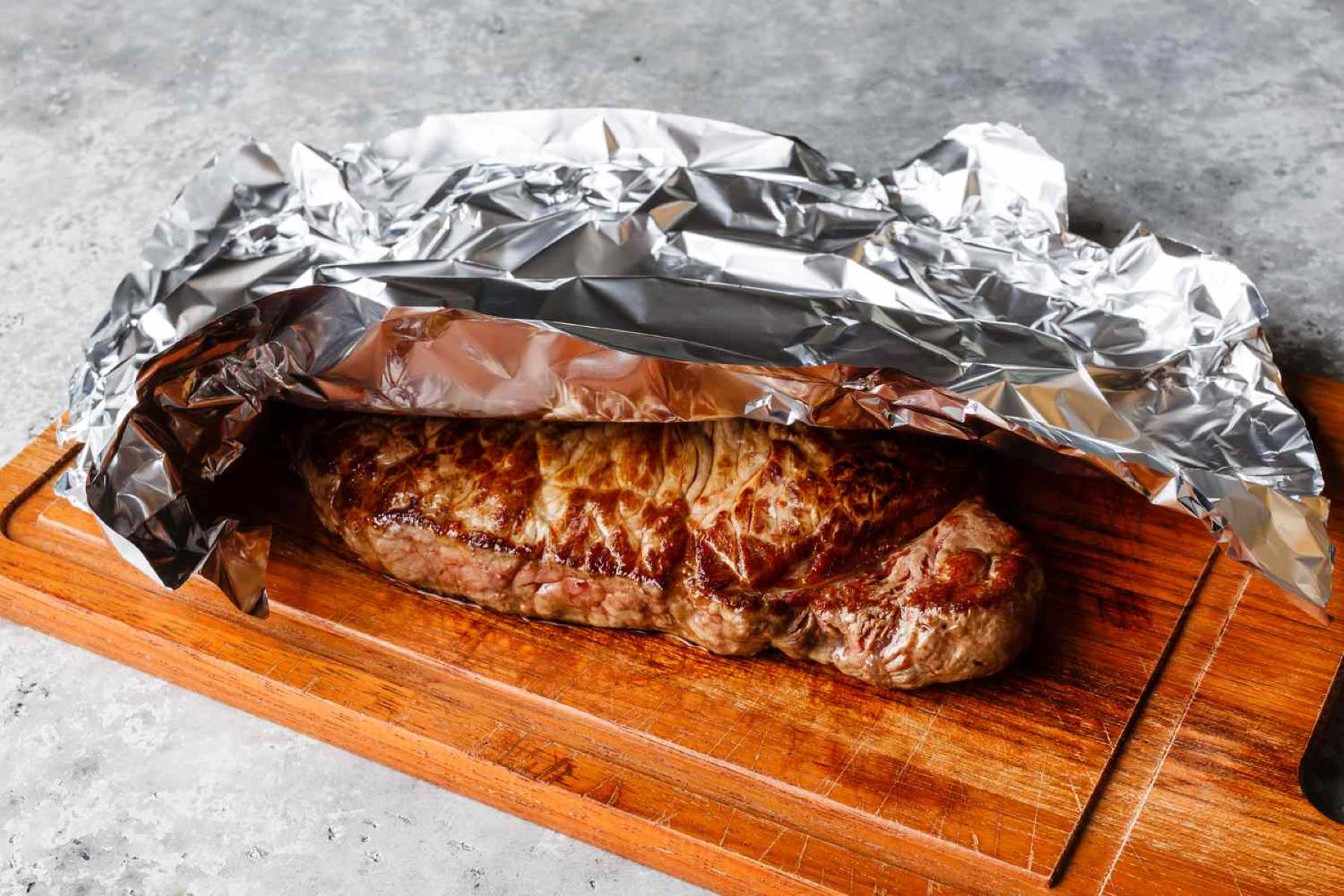

Articles
How To Store Steak After Cooking
Modified: October 20, 2024
Learn the best tips on how to store steak after cooking in our informative articles. Keep your leftovers fresh and flavorful with these helpful storage methods.
(Many of the links in this article redirect to a specific reviewed product. Your purchase of these products through affiliate links helps to generate commission for Storables.com, at no extra cost. Learn more)
Introduction
After cooking a delicious steak, it’s not uncommon to have leftovers. Whether you made too much for a single meal or intentionally cooked extra for future use, knowing how to store steak properly is essential to maintain its flavor, texture, and quality.
Storing cooked steak may seem simple, but it is important to follow best practices to prevent the meat from spoiling or becoming dry and unappetizing. In this article, we will walk you through the steps to store cooked steak effectively, ensuring that you can enjoy it later without any compromise in taste or safety.
So, let’s delve into the world of post-cooked steak storage and discover the methods that will keep your leftover steak delectable and ready to be enjoyed at a later time.
Key Takeaways:
- Properly storing cooked steak is essential for maintaining its flavor and quality. Follow best practices such as letting it rest, wrapping it tightly, and choosing the right storage container to ensure delicious leftovers.
- Leftover steak can be versatile and used in various dishes, from sandwiches to stir-fries. Get creative with your leftovers and reduce food waste by incorporating them into new and exciting meals.
Read more: How To Cook Steak In A Electric Skillet
Why Store Steak After Cooking?
There are several reasons why you might want to store steak after cooking. Here are a few scenarios where storing cooked steak can come in handy:
- Leftovers: It’s not uncommon to have leftover steak after a big meal. Instead of letting it go to waste, storing it properly allows you to enjoy it as a quick and delicious meal later.
- Meal prep: If you’re into meal prepping or planning ahead, cooking steak in bulk and storing it can save you a lot of time and effort. You can portion it out for easy meals during the week.
- Freezing sales: Taking advantage of sales on steak allows you to buy in bulk and freeze cooked portions for later consumption. This can save you money and ensure you always have a tasty protein option on hand.
- Saving time on busy days: On days when you’re short on time or don’t feel like cooking, having pre-cooked steak in the fridge or freezer can be a lifesaver. It allows you to quickly whip up a satisfying meal without the hassle of cooking from scratch.
Regardless of the reason, storing cooked steak requires proper handling and storage techniques to maintain its quality and flavor.
Now that we understand the reasons behind storing cooked steak, let’s dive into the best practices to ensure your steak remains delicious and safe to consume even after some time has passed.
Best Practices for Storing Cooked Steak
To preserve the flavor, texture, and quality of cooked steak, follow these best practices for storing it:
- Let the Steak Rest: Allow the cooked steak to rest at room temperature for about 30 minutes before storing it. This helps it retain its juiciness and prevents moisture loss during the cooling process.
- Wrap the Steak Properly: Wrap the steak tightly in plastic wrap or aluminum foil to protect it from air exposure. This will prevent the meat from drying out and also prevent any odors from seeping into the steak.
- Choose the Right Storage Container: Use an airtight container or resealable plastic bag to store the wrapped steak. Make sure the container is clean and free from any odors or contaminants that could affect the taste of the steak.
- Store in the Refrigerator: Place the wrapped steak in the refrigerator as soon as possible. The ideal temperature range for storing cooked steak is between 32°F (0°C) and 40°F (4°C). This will help slow down bacterial growth and maintain the freshness of the meat.
- Freeze for Longer Storage: If you don’t plan to consume the cooked steak within a few days, it’s best to freeze it. Wrap the steak tightly in freezer-safe wrap or place it in a freezer bag to prevent freezer burn. Properly labeled and dated, cooked steak can be stored in the freezer for up to three months.
- Reheating Cooked Steak: When reheating cooked steak, it’s best to do so gently to prevent overcooking and drying out the meat. The most effective methods include using the oven, stovetop, or sous vide cooking. Depending on the desired doneness, ensure the internal temperature reaches at least 145°F (63°C).
- Tips for Using Leftover Steak: Don’t limit yourself to reheating steak as is. Get creative with your leftovers by using them in a variety of dishes. Slice the steak for sandwiches, salads, or wraps. You can also chop it up and incorporate it into stir-fries, soups, or tacos for added flavor and protein.
By following these best practices, you can ensure that your leftover cooked steak remains flavorful, tender, and safe to consume.
Now that you know the proper techniques for storing cooked steak, you can confidently enjoy your favorite meat without any worries of it going to waste.
Let the Steak Rest
Before storing cooked steak, it is important to allow it to rest at room temperature for about 30 minutes. This step is crucial as it helps the steak retain its juices and maintain its tenderness.
During the cooking process, the heat causes the juices in the steak to redistribute and settle in the center. Allowing the steak to rest after cooking allows these juices to redistribute back throughout the meat, ensuring a juicier and more flavorful eating experience.
The resting period also helps the steak cool down slightly before storing it. Placing a hot steak directly into the refrigerator can cause condensation to form, which can lead to a soggy texture. Allowing the steak to cool at room temperature before storing helps prevent moisture buildup.
Simply place the cooked steak on a cutting board or a clean plate and cover it loosely with aluminum foil. This covering will help retain heat while allowing excess steam to escape. During this resting period, you can prepare any sides or sauces you plan to serve with the steak.
By giving your cooked steak sufficient time to rest, you not only enhance its taste but also ensure that it retains its desirable texture and moisture during the storage process.
Wrap the Steak Properly
Properly wrapping the cooked steak is crucial in preserving its flavor, moisture, and quality during storage. The wrapping helps to protect the steak from exposure to air, which can lead to drying out and flavor loss.
There are a few options for wrapping cooked steak:
- Plastic Wrap: Wrap the cooked steak tightly in plastic wrap. Ensure that the entire surface of the steak is covered and there are no openings or gaps. This will keep the air out and prevent the steak from drying out.
- Aluminum Foil: Alternatively, you can wrap the steak in aluminum foil. Place the steak in the center of the foil and fold the edges over, creating a tight seal. This will also help to retain moisture and protect the steak from air exposure.
- Vacuum-sealed Bags: If you have a vacuum sealer, you can use it to remove all the air from the bag before sealing. This method provides an airtight seal, ensuring optimal freshness and preventing any potential for freezer burn.
When wrapping the steak, make sure to do it immediately after the resting period and before placing it in the refrigerator or freezer. This will help preserve the natural juices and flavors of the steak.
Remember to label the wrapped steak with the date to keep track of its freshness and avoid confusion with other stored foods.
Proper wrapping ensures that the cooked steak stays moist and flavorful, ready to be enjoyed when you’re ready to eat it.
Read more: How To Store Steak Knives
Choose the Right Storage Container
When it comes to storing cooked steak, choosing the right storage container is essential to ensure its freshness and prevent any cross-contamination with other foods in the refrigerator or freezer.
Here are some factors to consider when selecting a storage container for cooked steak:
- Airtightness: Opt for containers that have a tight-fitting lid or resealable bags. Airtight containers help to maintain the steak’s moisture and flavor while preventing any unwanted odors or flavors from seeping in.
- Size: Choose a container that is appropriately sized for the amount of steak you are storing. Leaving excess air in the container can lead to faster spoilage, so it is best to use a container that fits the steak without too much empty space.
- Material: Select containers made from food-safe materials, such as glass, BPA-free plastic, or stainless steel. Avoid using containers made from materials that may react with the steak and affect its flavor or quality.
- Stackability: If you have limited refrigerator or freezer space, consider using stackable containers or bags that can be easily stacked on top of each other. This will help maximize storage space and keep your refrigerator or freezer organized.
If you prefer to use bags, choose high-quality resealable freezer bags that are designed to withstand freezing temperatures without developing holes or leaks. These bags are a convenient option for freezing individual portions of cooked steak.
Regardless of the type of container you choose, ensure that it is clean and free from any lingering odors or residue that could affect the taste of the steak.
By selecting the right storage container, you can ensure that your cooked steak remains fresh, protected, and ready to be enjoyed whenever you decide to indulge.
After cooking, let the steak cool to room temperature, then wrap it tightly in plastic wrap or aluminum foil and store it in the refrigerator for up to 3-4 days.
Store in the Refrigerator
Once your cooked steak is wrapped properly and placed in a suitable storage container, the next step is to store it in the refrigerator. The refrigerator provides a cool environment that helps to slow down bacterial growth and keep the steak fresh.
Here’s how to properly store cooked steak in the refrigerator:
- Cool Down: Ensure that the cooked steak has cooled to room temperature or slightly below before placing it in the refrigerator. Placing a hot steak directly into the refrigerator can raise the temperature inside and potentially compromise the quality of other perishable foods.
- Avoid Crowding: Place the wrapped steak in a designated area in the refrigerator where it won’t come into contact with other foods. Avoid overcrowding the refrigerator, as this can hinder proper air circulation and lead to inconsistent temperatures.
- Prevent Contamination: Store the steak on a separate shelf or in a drawer to prevent any cross-contamination with other foods. Raw meats or foods with strong odors should be stored separately to avoid any flavor transfer.
- Use within 3-4 Days: Cooked steak can typically be stored safely in the refrigerator for 3-4 days. During this time, check the steak for any signs of spoilage, such as an off smell or texture. If it appears questionable, it’s best to discard it to avoid consuming spoiled food.
Remember to keep the stored steak tightly wrapped in its container to maintain its moisture and prevent any exposure to air or contaminants.
Storing cooked steak in the refrigerator allows you to have a quick and easy protein option on hand for meals throughout the week. Just make sure to consume it within the recommended storage timeframe to ensure its quality and safety.
Freeze for Longer Storage
If you’re not planning to consume your cooked steak within a few days, freezing it is the best option for longer-term storage. Freezing preserves the quality of the steak and extends its shelf life for several months.
Follow these steps to properly freeze cooked steak:
- Cool Completely: Allow the cooked steak to cool completely before freezing. This will help prevent any excess moisture from turning into ice crystals, which can affect the texture and flavor of the meat.
- Wrap for Freezing: Wrap the cooled steak tightly in freezer-safe wrap or place it in a freezer bag. Make sure to remove as much air as possible from the bag before sealing it to prevent freezer burn.
- Label and Date: Clearly label the wrapped steak with the date of freezing. This will help you keep track of its freshness and rotation within the freezer.
- Store in the Freezer: Place the wrapped steak in the coldest part of the freezer, such as the back or bottom shelf. Maintain a temperature of 0°F (-18°C) or below for optimal freezing and preservation of the meat.
- Use within 3 Months: Cooked steak can be safely stored in the freezer for up to three months. While it may still be safe to eat beyond this timeframe, the quality may begin to deteriorate.
When you’re ready to use the frozen cooked steak, thaw it in the refrigerator overnight. Thawing at a gradual pace in the refrigerator helps to maintain its quality and texture. Once thawed, you can reheat it using various methods such as oven, stovetop, or sous vide cooking.
Freezing cooked steak not only helps in reducing food waste but also allows you to have a convenient protein option on hand for future meals. Just make sure to follow the proper freezing techniques to ensure the best possible taste and texture when you’re ready to enjoy it.
Reheating Cooked Steak
When it comes to reheating cooked steak, it’s important to do so properly to retain its flavor, juiciness, and tenderness. Here are some recommended methods for reheating cooked steak:
- Oven: Preheat your oven to a low temperature, around 250°F (120°C). Place the wrapped steak on a baking sheet and heat it in the oven for about 15-20 minutes, or until it reaches your desired internal temperature. This slow and gentle method helps to evenly reheat the steak without overcooking it.
- Stovetop: This method is ideal for thin slices of steak or steak pieces. Heat a skillet over medium heat and add a small amount of oil or butter. Place the steak in the pan and cook for a couple of minutes on each side until heated through. This method allows for quick reheating while maintaining the steak’s moisture.
- Sous Vide: If you have a sous vide machine, this method is highly recommended for reheating cooked steak. Vacuum-seal the cooked steak in a bag and heat it in the sous vide water bath at a temperature of around 130°F (54°C) for about 30 minutes. This gentle and precise method ensures the steak is reheated evenly while maintaining its tenderness.
Regardless of the reheating method you choose, it is important to monitor the internal temperature of the steak to ensure it reaches at least 145°F (63°C). This temperature is considered safe for consuming beef according to USDA guidelines.
Remember to let the reheated steak rest for a few minutes before slicing or serving. This allows the juices to redistribute and helps in maintaining the steak’s tenderness and flavor.
Reheating cooked steak properly will help you enjoy its original qualities and flavors as if it were freshly cooked. So, take your time and use the appropriate method to ensure a delicious reheated steak every time.
Tips for Using Leftover Steak
Leftover steak can be incredibly versatile and can be used in a variety of dishes to create new and exciting meals. Here are some tips for making the most out of your leftover steak:
- Slice for Sandwiches: Thinly slice the leftover steak and use it as a delicious filling for sandwiches or wraps. Pair it with some fresh vegetables, cheese, and condiments of your choice for a quick and satisfying meal.
- Add to Salads: Slice the steak into strips or cubes and toss it into salads for an extra boost of protein and flavor. The steak can be served warm or cold, depending on your preference. Consider pairing it with mixed greens, cherry tomatoes, avocado, and a tangy vinaigrette.
- Create Stir-Fries: Cut the leftover steak into thin strips and incorporate it into stir-fries for a hearty and flavorful dish. Cook the steak with colorful vegetables, soy sauce, and your favorite stir-fry sauce for a quick and easy meal.
- Make Soup: Chop the leftover steak into small pieces and use it in soups or stews. Add it towards the end of the cooking process to prevent overcooking. The steak will infuse the soup with rich flavors, making it a satisfying and comforting meal.
- Taco Time: Shred or thinly slice the leftover steak and use it as a filling for tacos. Warm up some tortillas, add the steak, and top it with your favorite taco toppings, such as salsa, avocado, cheese, and cilantro. It’s a tasty way to repurpose the steak into a Mexican-inspired meal.
Be creative with your use of leftover steak by incorporating it into various recipes and cuisines. The possibilities are endless, and you can transform your steak into a completely new and exciting dish.
Remember to handle and store the leftover steak properly, following the recommended storage guidelines mentioned earlier, to maintain its quality and safety.
With these tips, leftover steak will never go to waste and will become a delicious addition to your meals.
Conclusion
Knowing how to store cooked steak properly is essential to preserve its flavor, texture, and quality for future enjoyment. By following the best practices outlined in this article, you can ensure that your leftover steak remains delicious and safe to consume.
Allowing the steak to rest before storing, wrapping it tightly to prevent air exposure, choosing the right storage container, and storing it in the refrigerator are all crucial steps in maintaining the steak’s freshness. If you need to store the steak for a longer period, freezing it is the best option, ensuring that it stays flavorful for up to three months.
When it comes time to enjoy your leftover steak, reheating it properly is key. Whether you choose the oven, stovetop, or sous vide method, reheating the steak gently will help retain its juiciness and tenderness.
Finally, don’t limit yourself to just reheating the steak as is. Get creative with your leftovers by incorporating them into sandwiches, salads, stir-fries, or tacos. Leftover steak can be a versatile ingredient that adds flavor and protein to a variety of dishes.
By following these tips and best practices, you can make the most out of your leftover steak and reduce food waste. So, the next time you have cooked steak leftovers, don’t let them go to waste. Store them properly and enjoy a delicious meal in the days to come.
Frequently Asked Questions about How To Store Steak After Cooking
Was this page helpful?
At Storables.com, we guarantee accurate and reliable information. Our content, validated by Expert Board Contributors, is crafted following stringent Editorial Policies. We're committed to providing you with well-researched, expert-backed insights for all your informational needs.
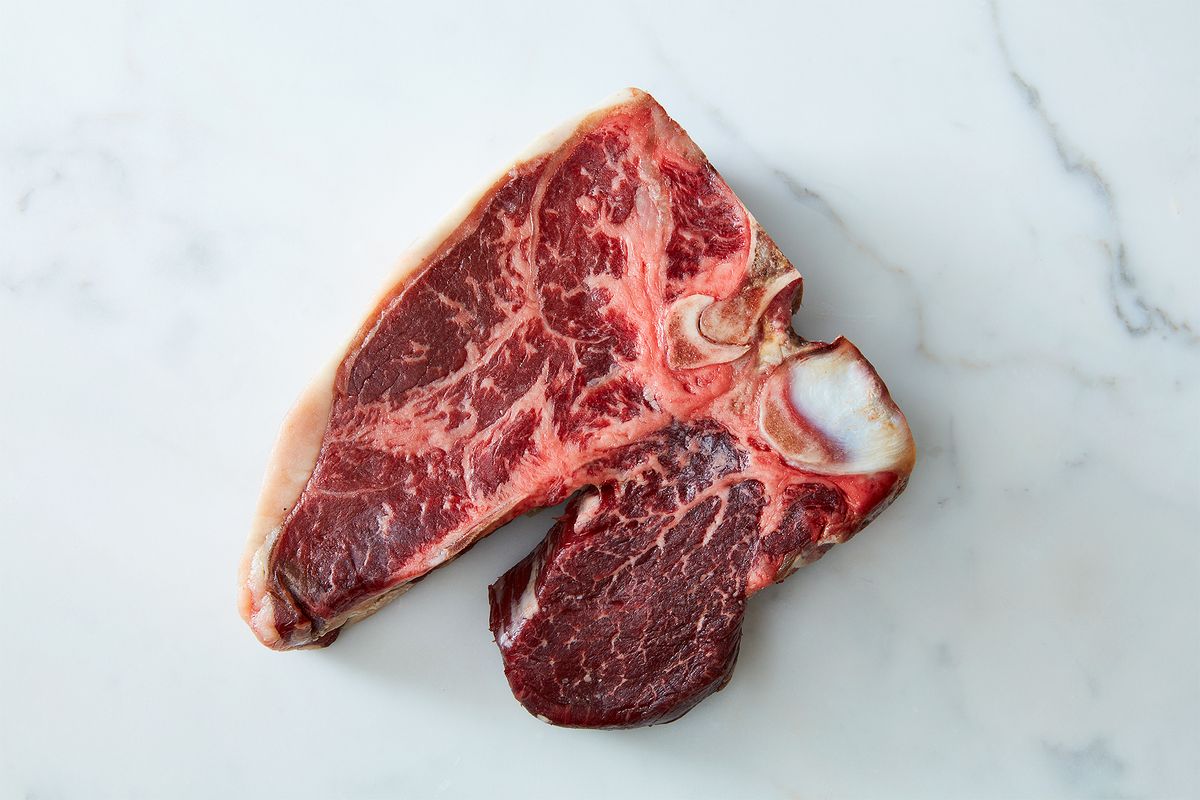
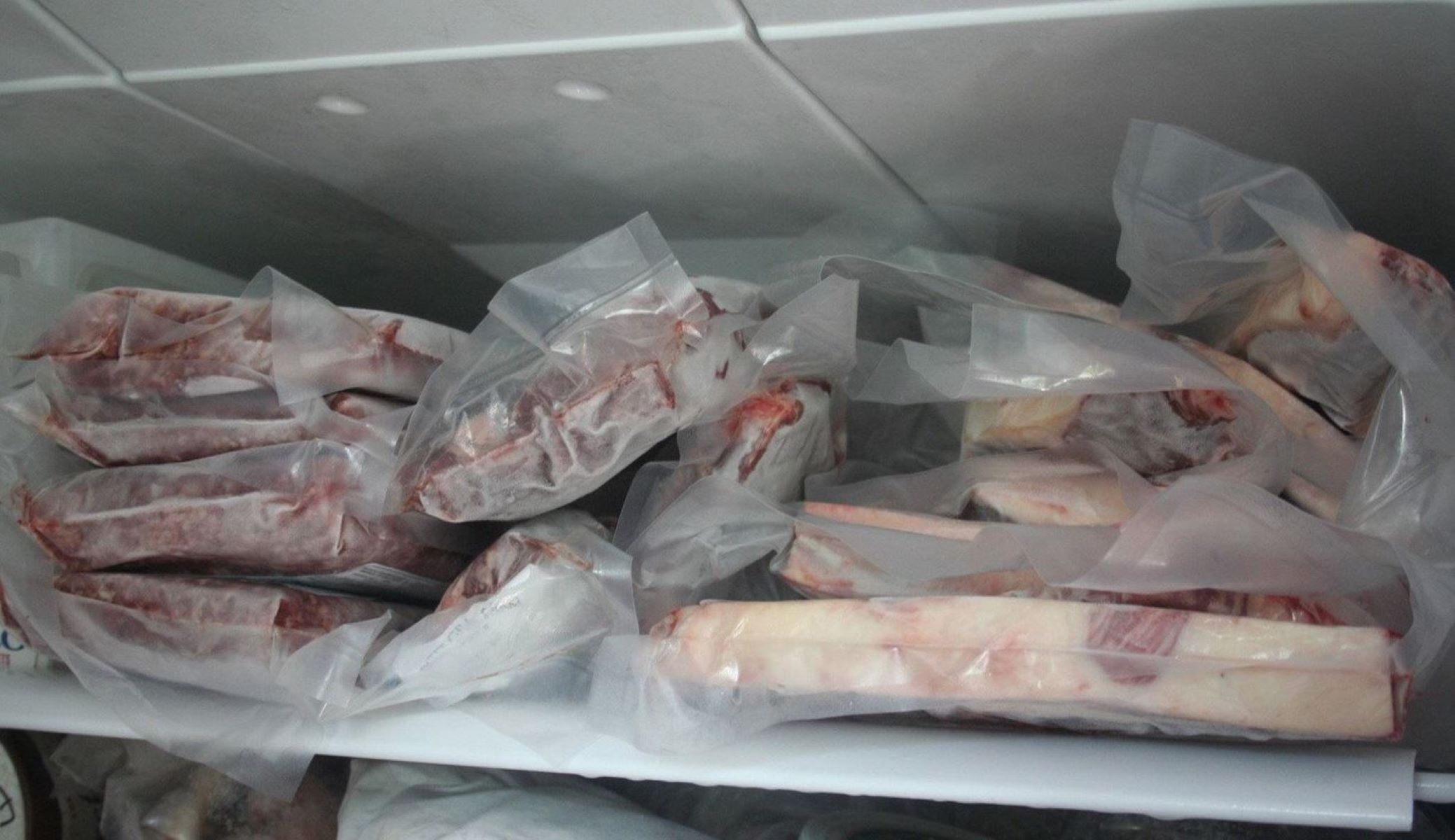
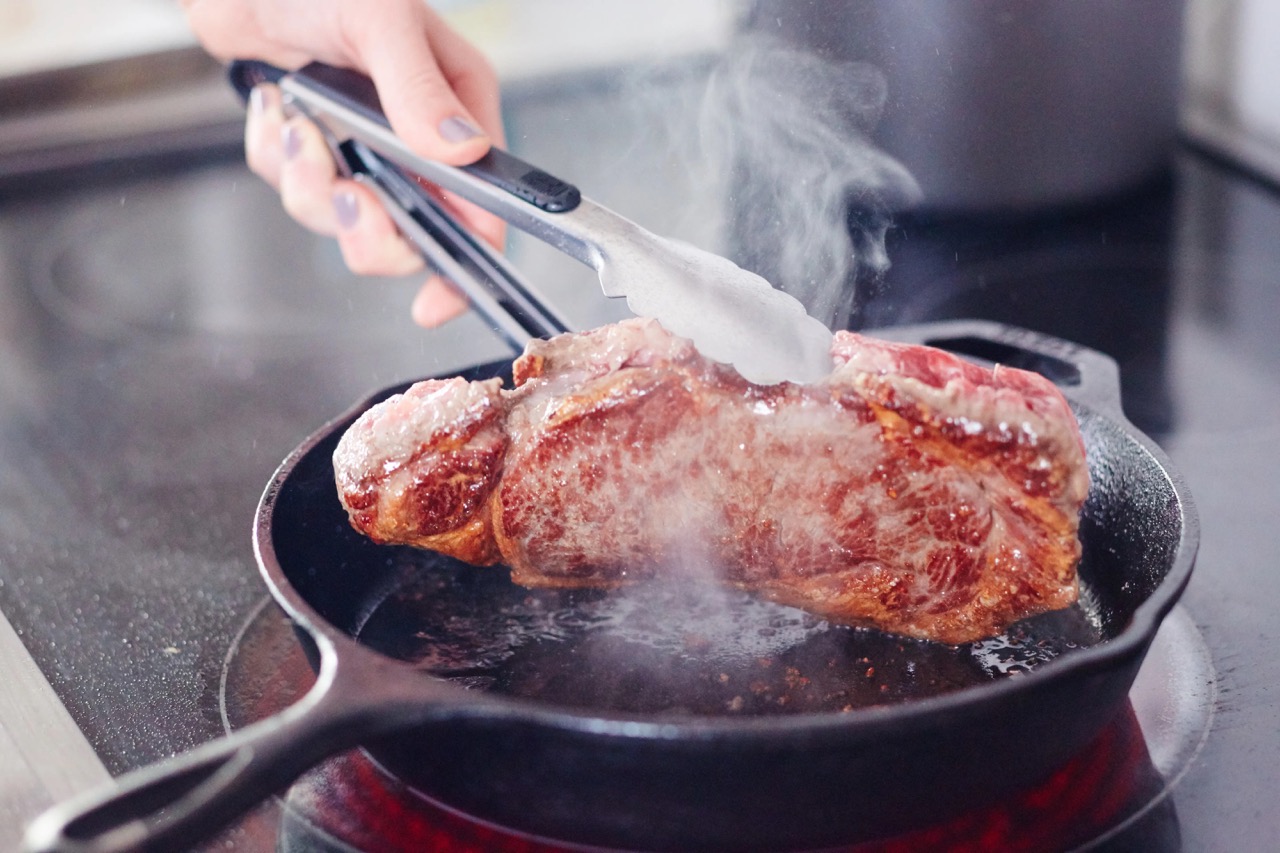
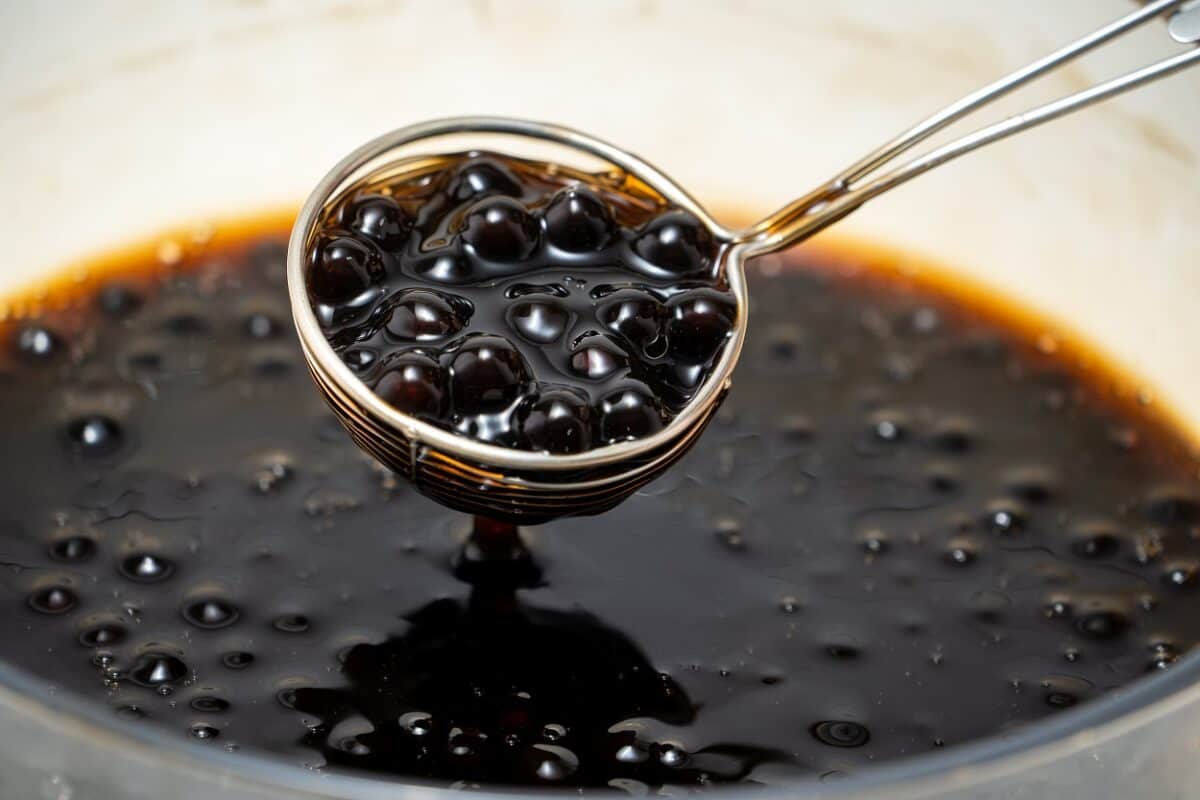
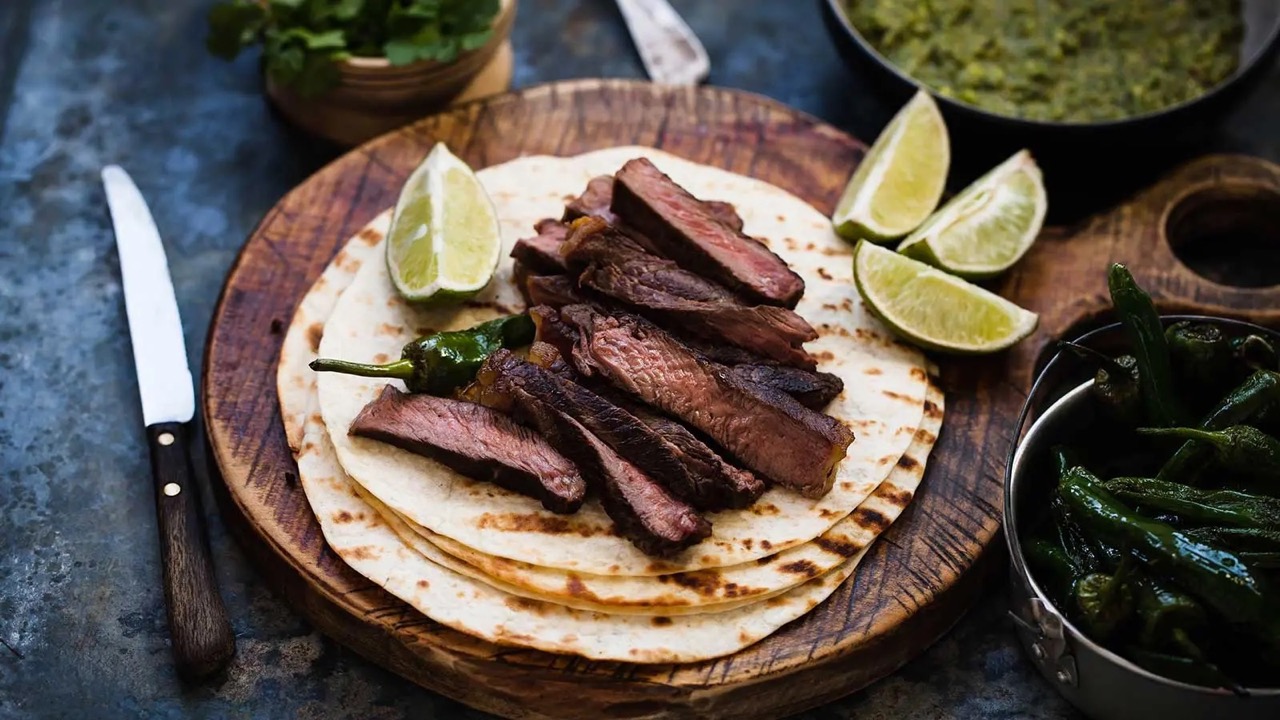
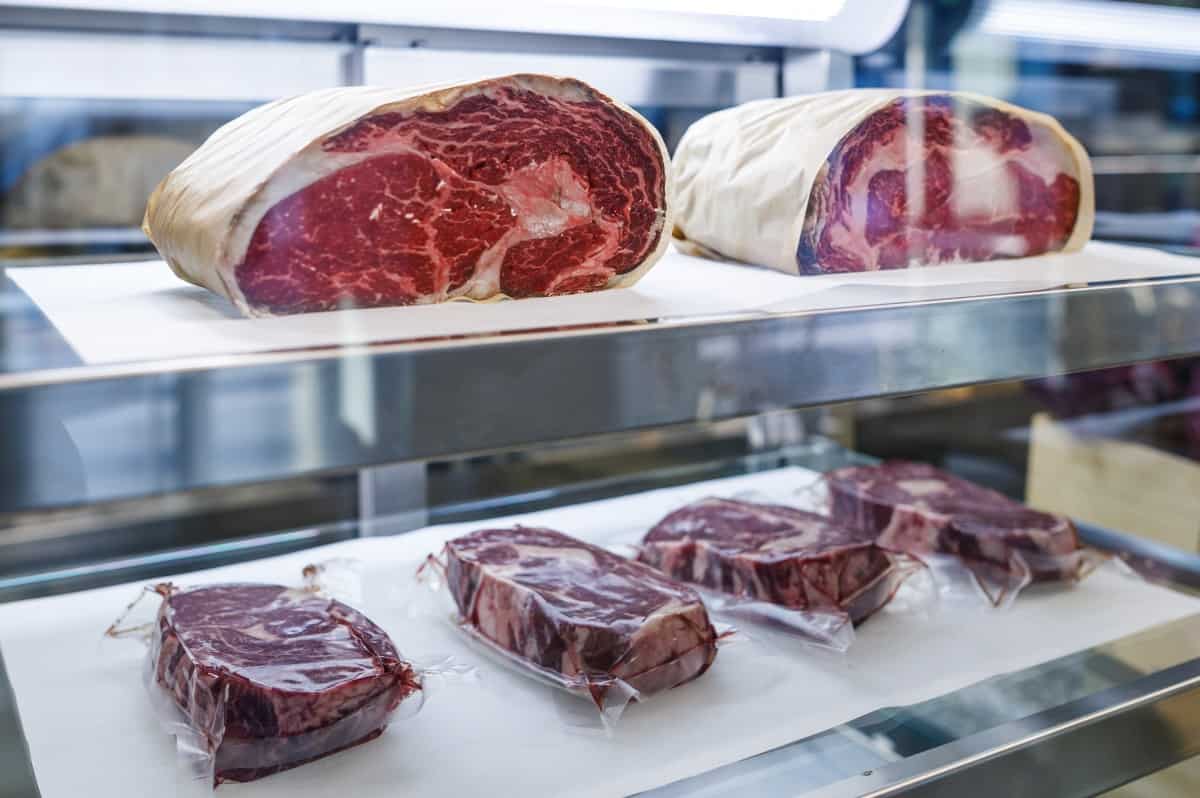
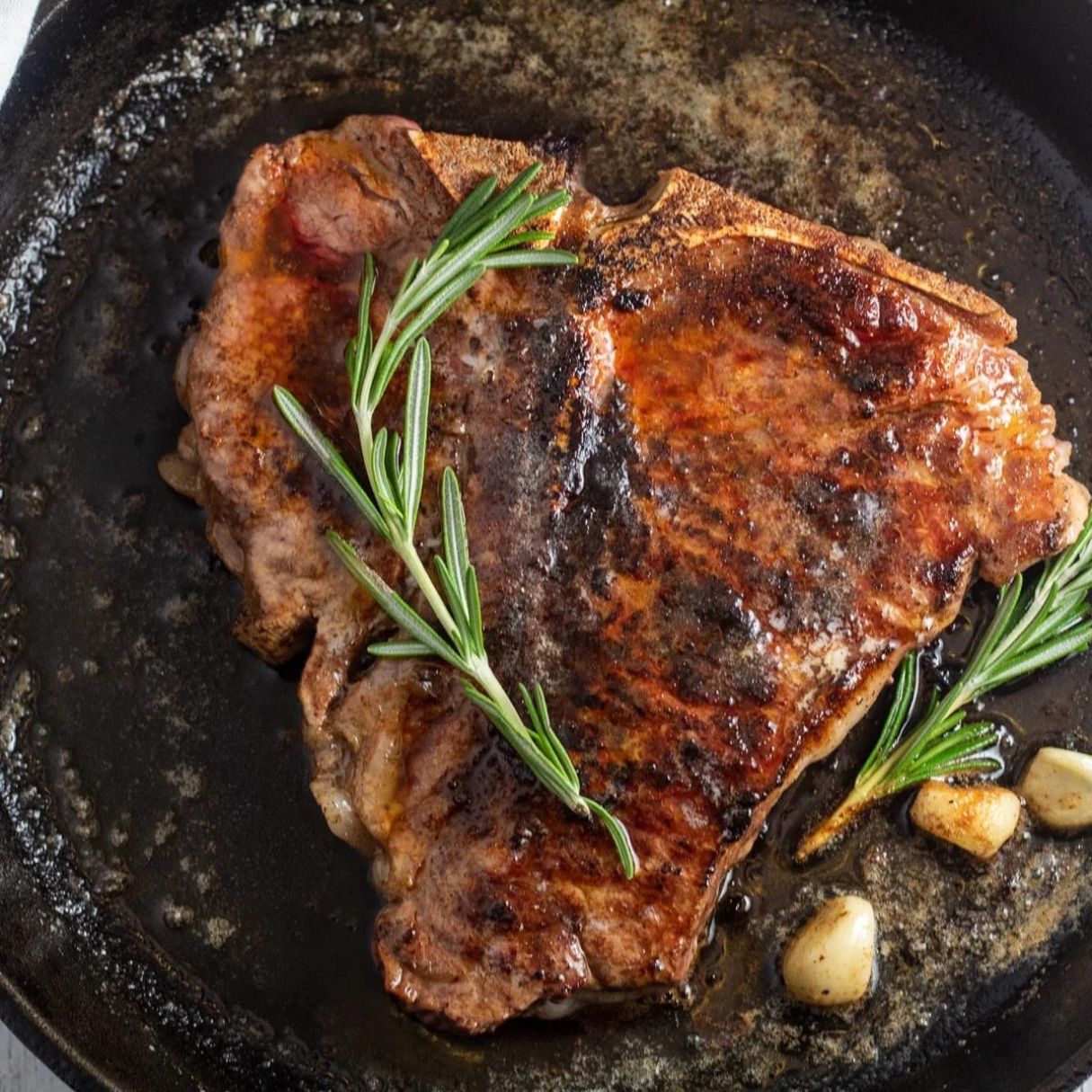
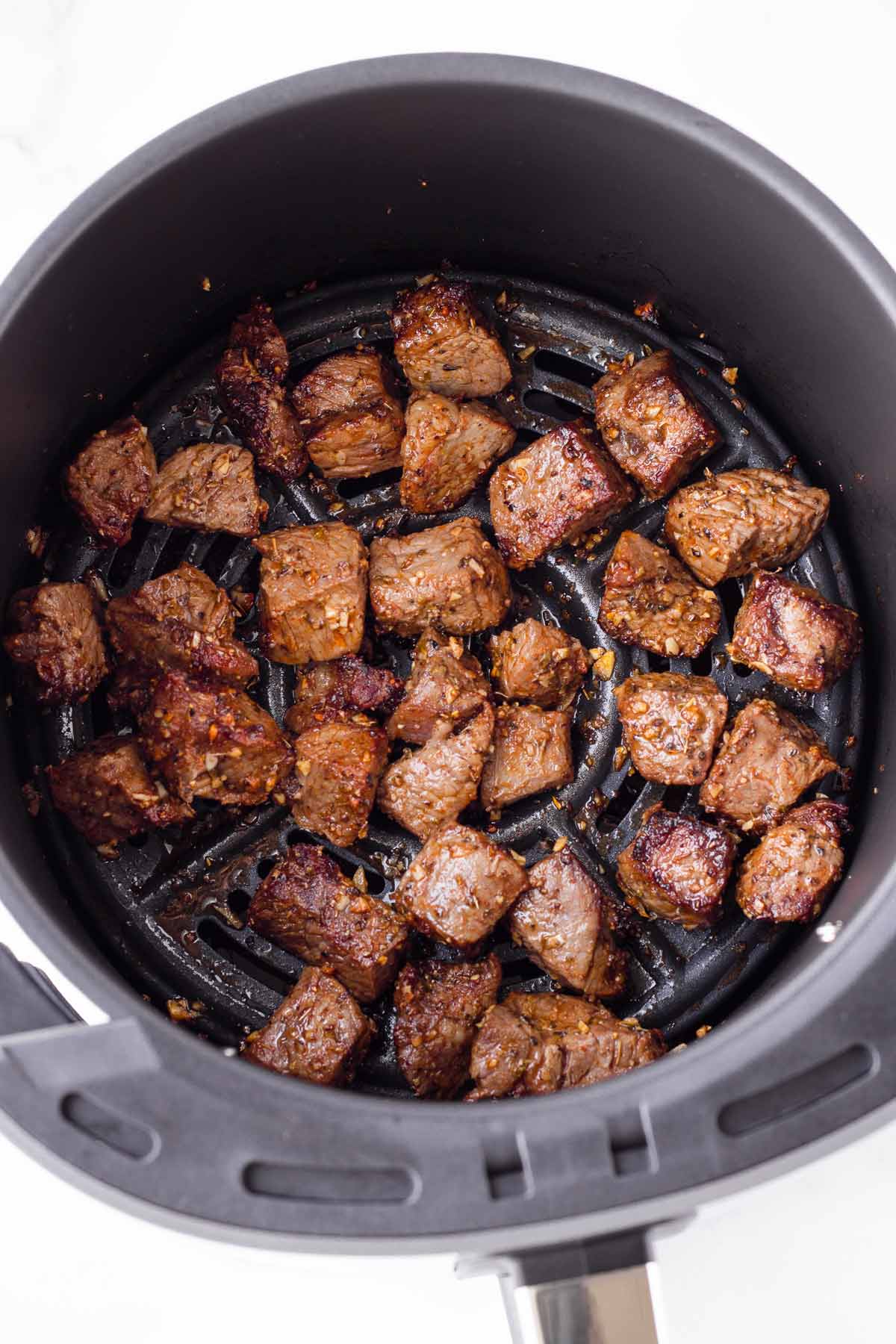
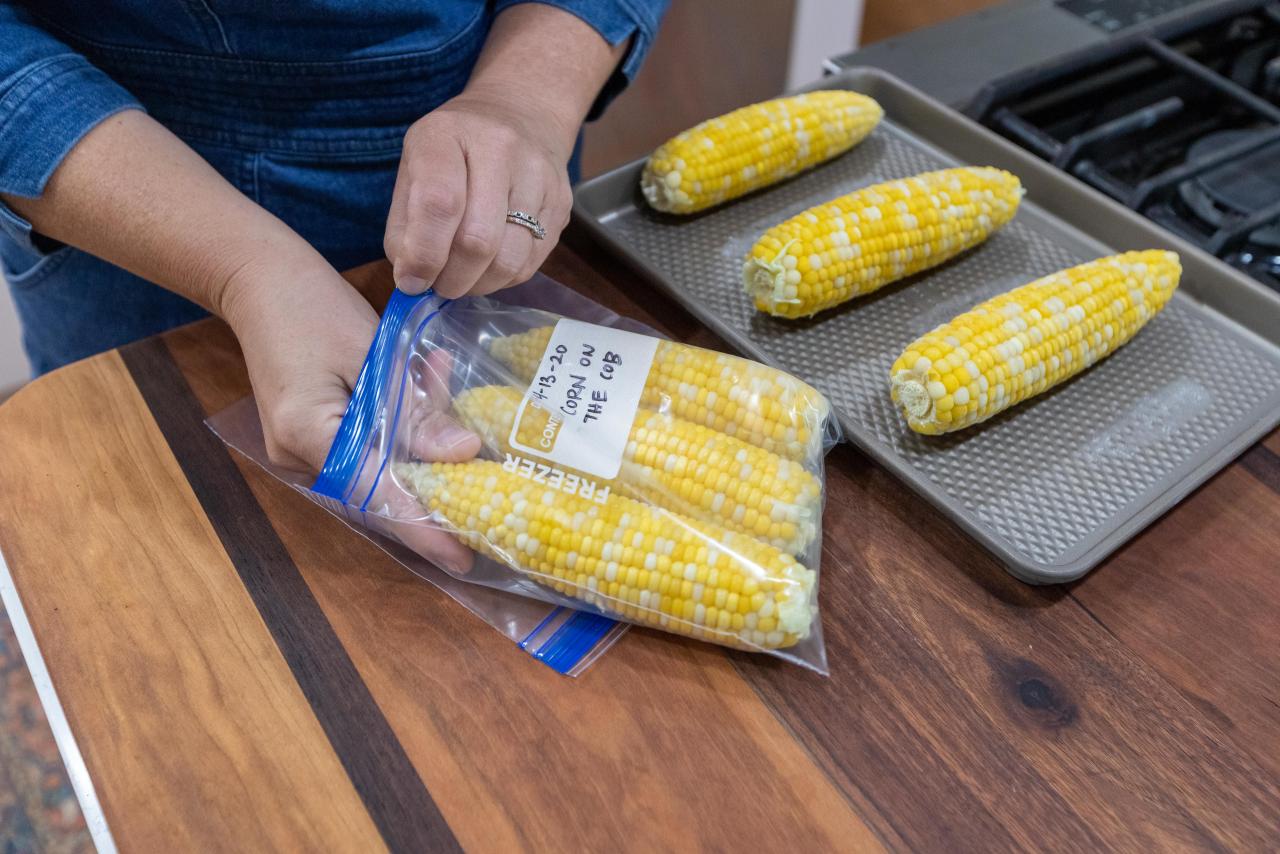
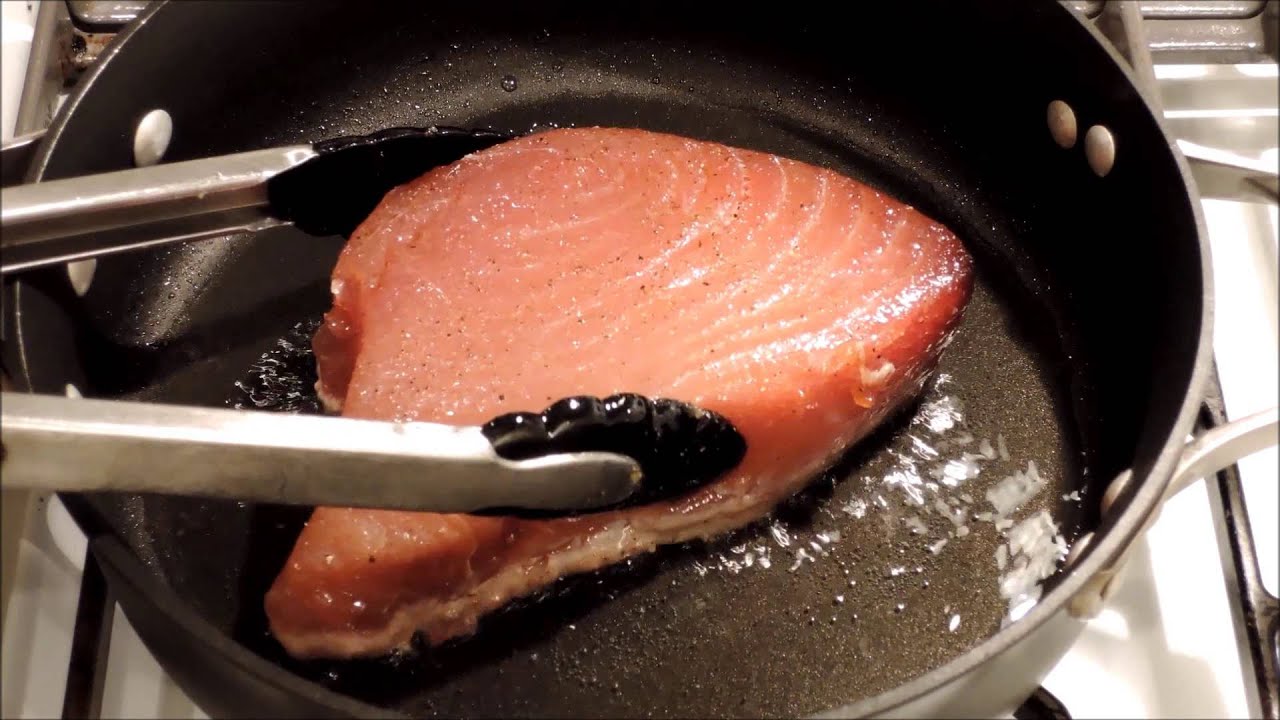
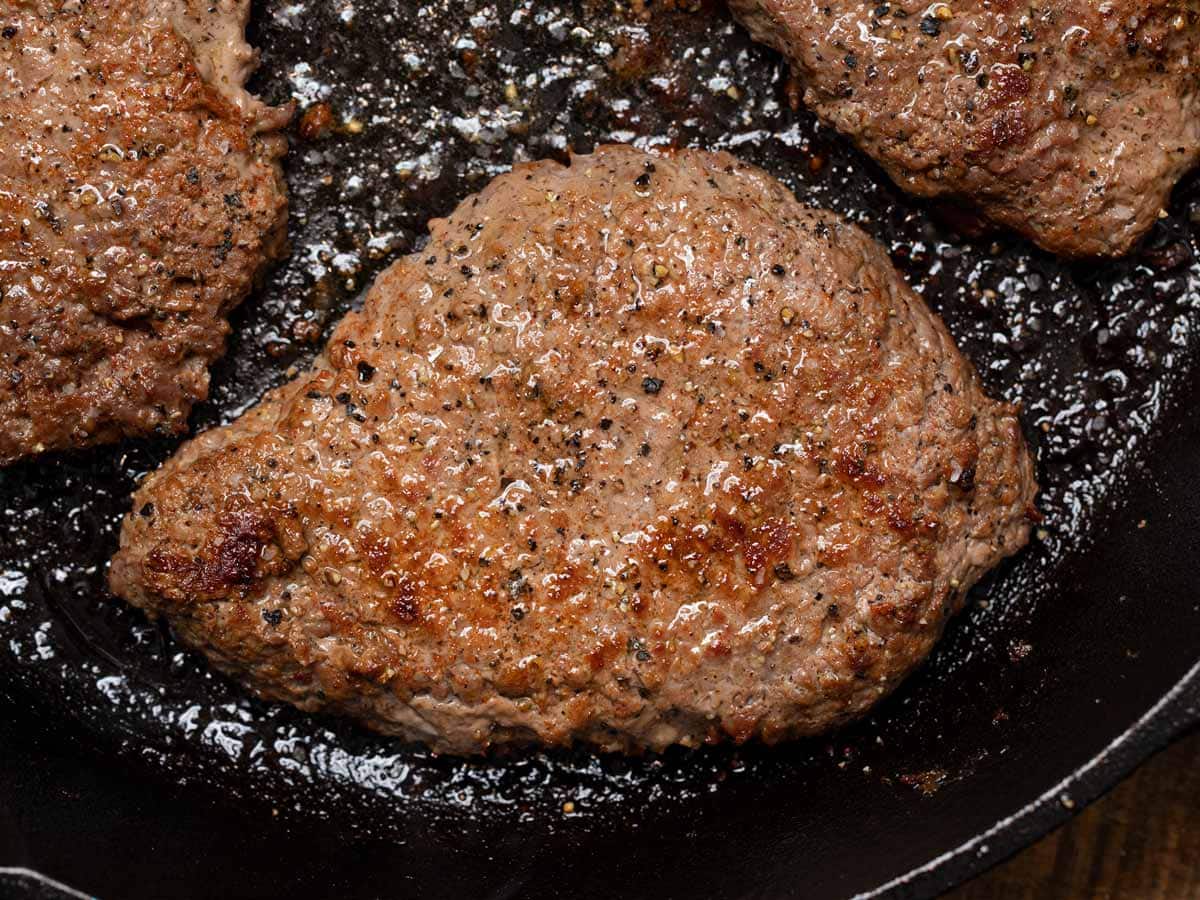
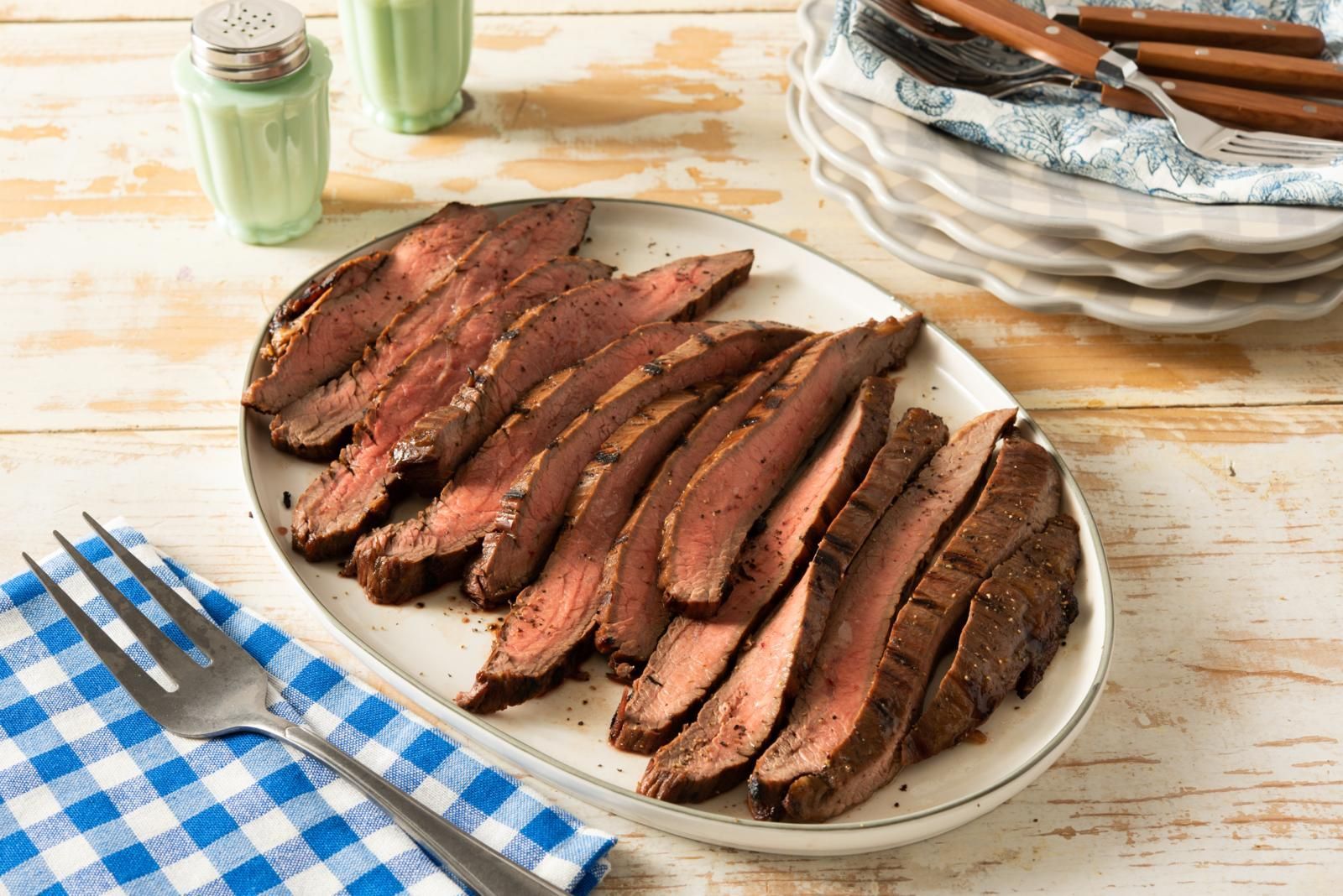
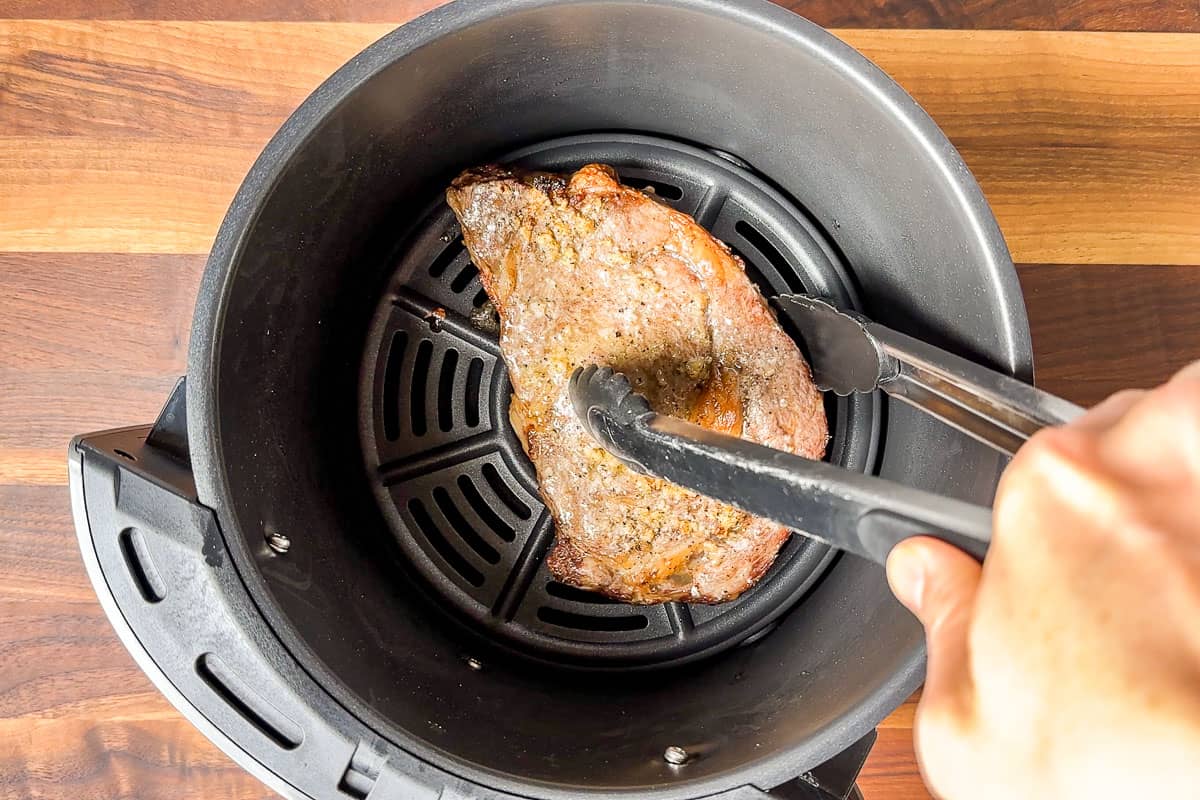

0 thoughts on “How To Store Steak After Cooking”